
Ho Chi Minh City
Our first stop in Vietnam took us to Ho Chi Minh City, formerly known as Saigon which was the capital of South Vietnam prior to the Vietnam War. We reconnected with our friends, Kim and Kevin, whom we worked with in Abuja. It was so wonderful to see them and get to do a little touring of their new city with them. We spent a lot of time trying out new restaurants!
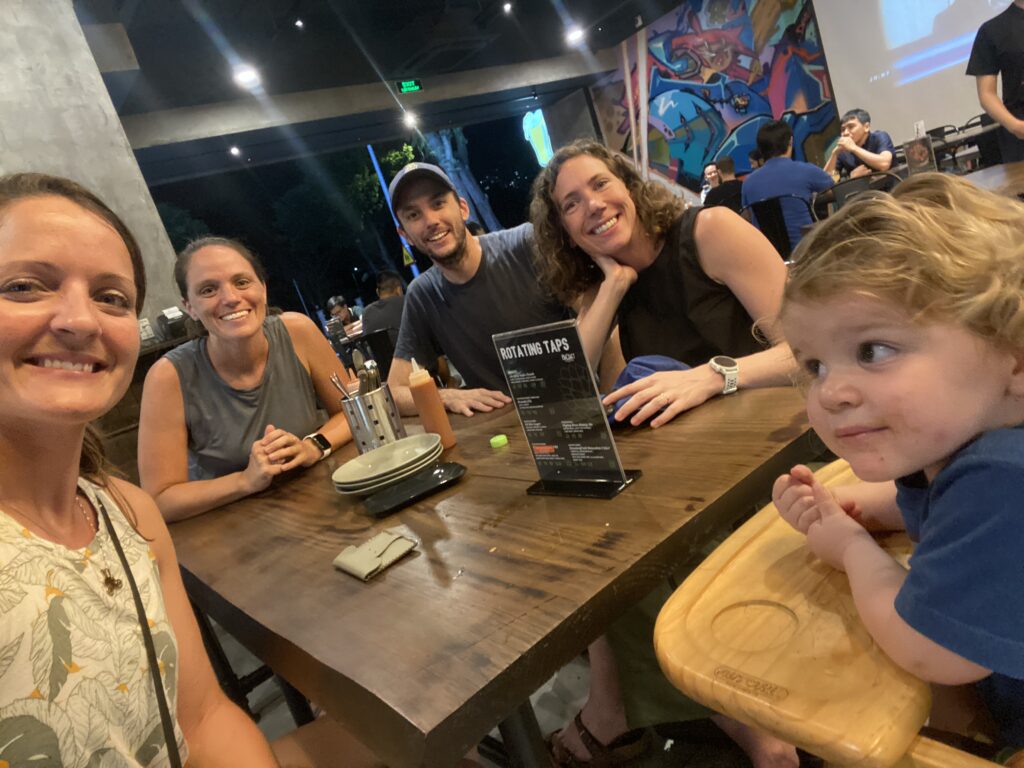
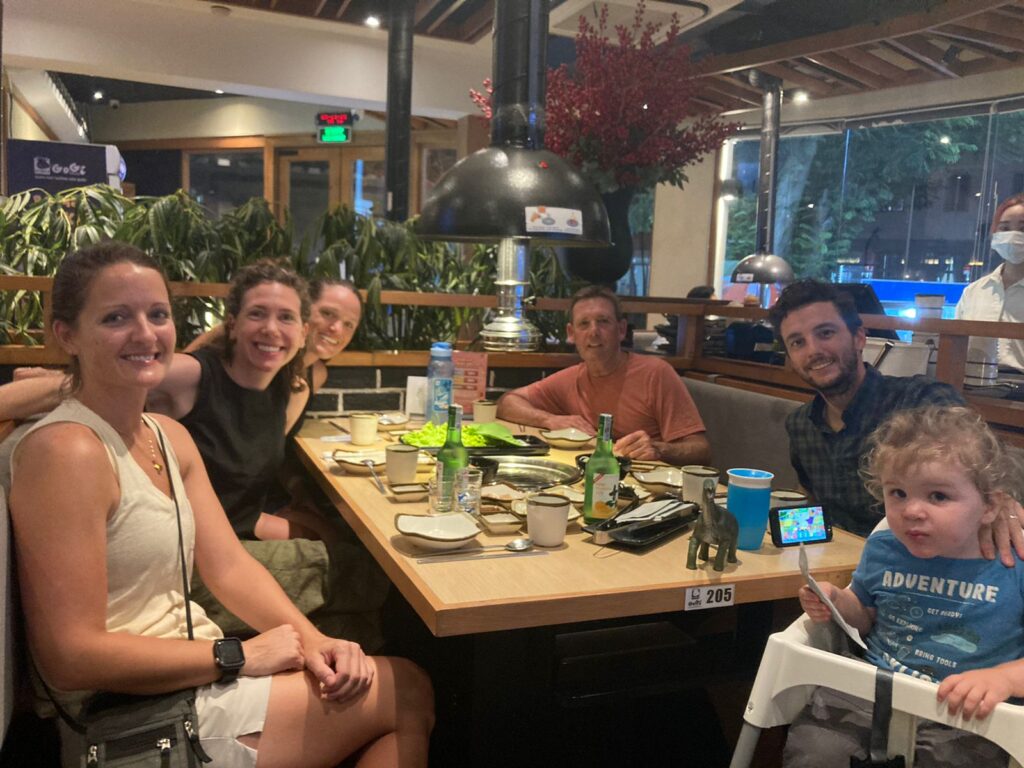
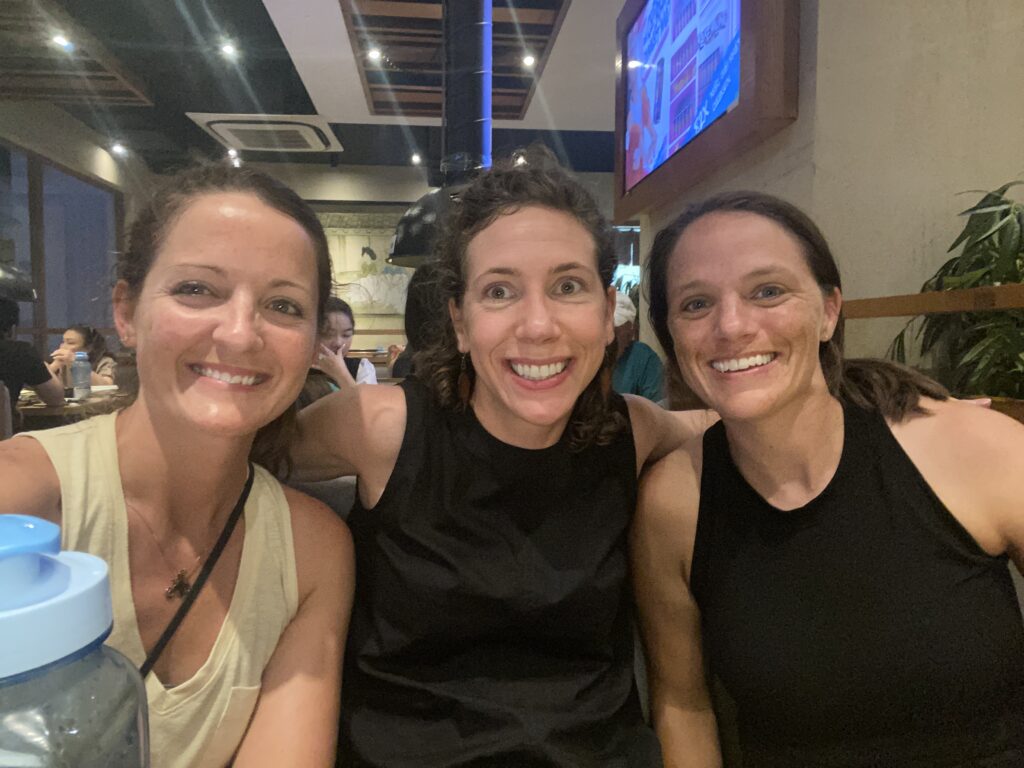
We did a little walking through the city, but at this point in my travels, all of the big cities are starting to look the same, so I am trying to focus on just seeing a few things in each one and then just relaxing a bit. The two main things I wanted to see while in Saigon were the War Remnants Museum and the Cu Chi Tunnels. The experience of visiting these taught me a lot about perspective, which I will explain more as I discuss each place below.
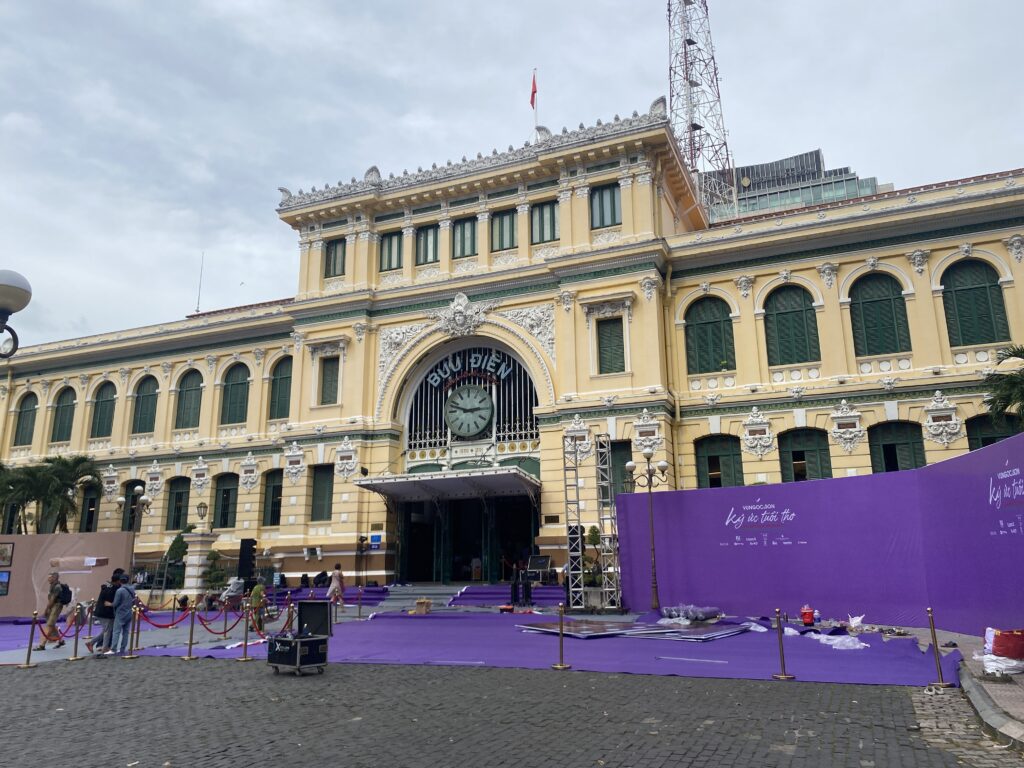
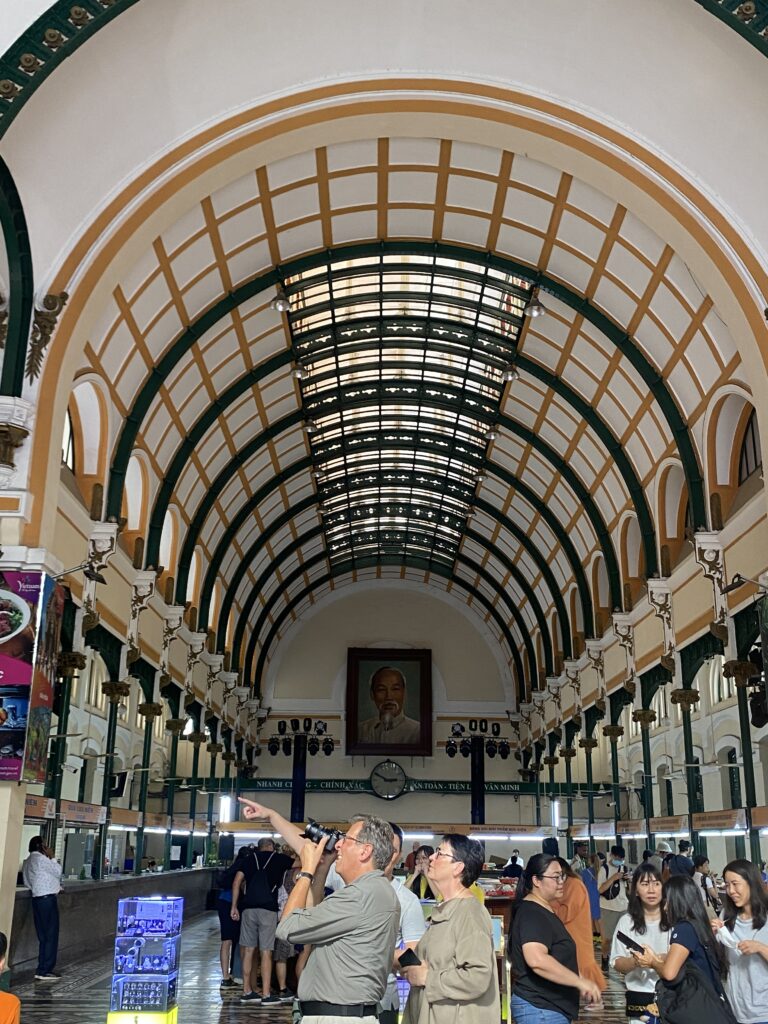
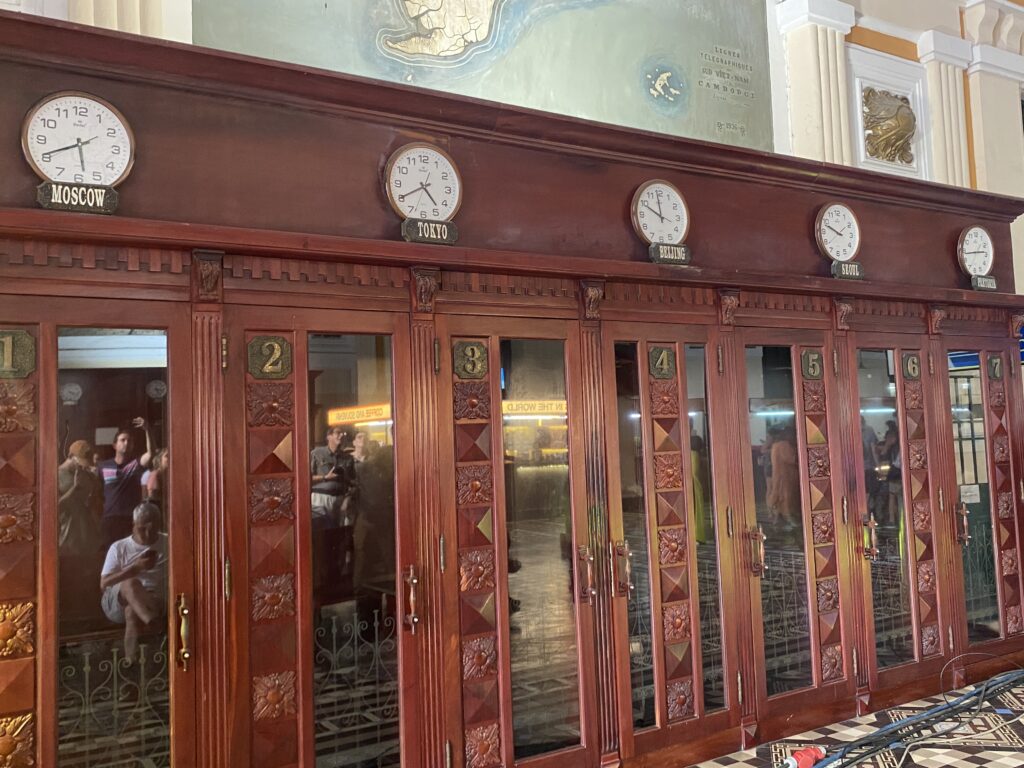
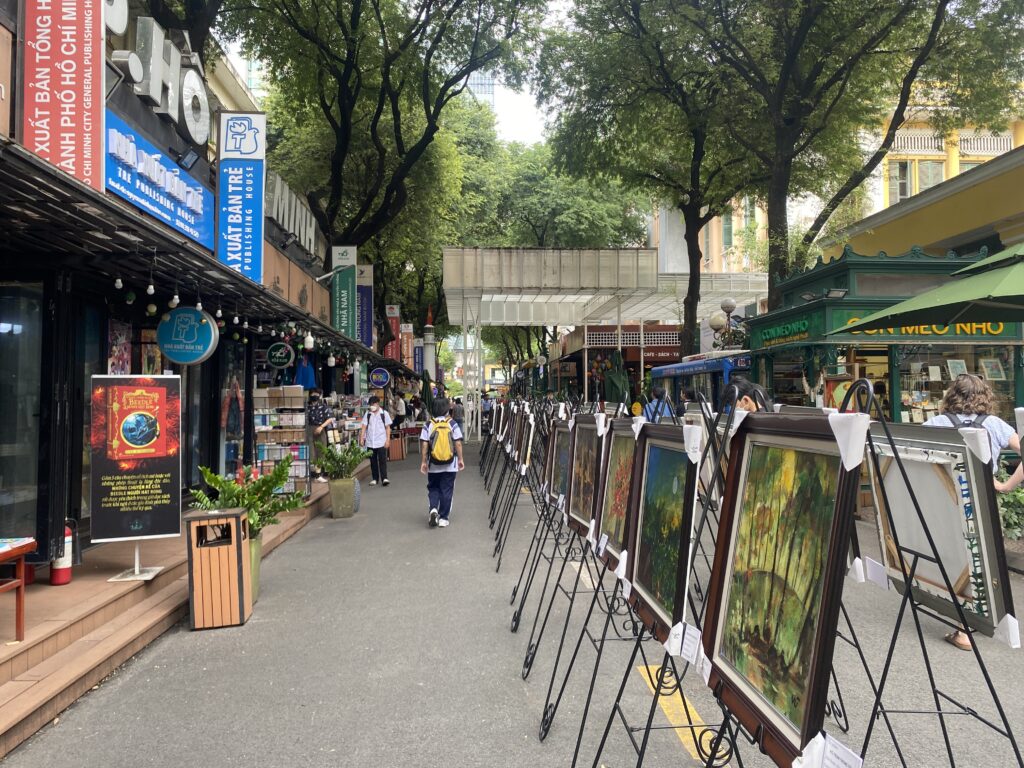
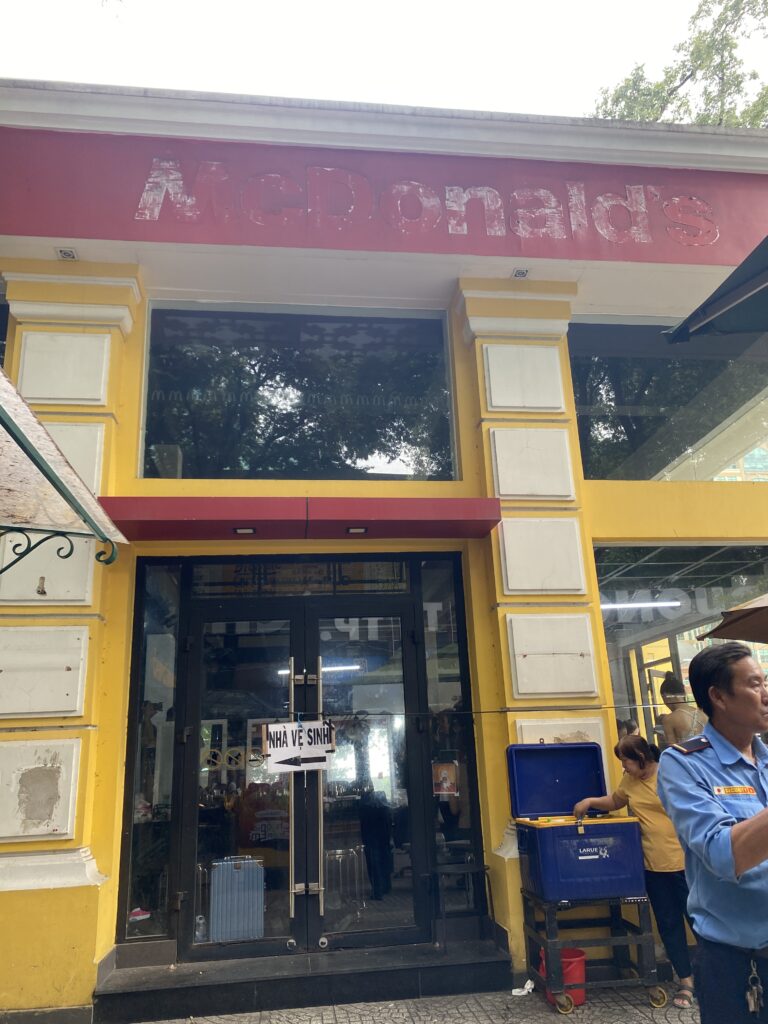
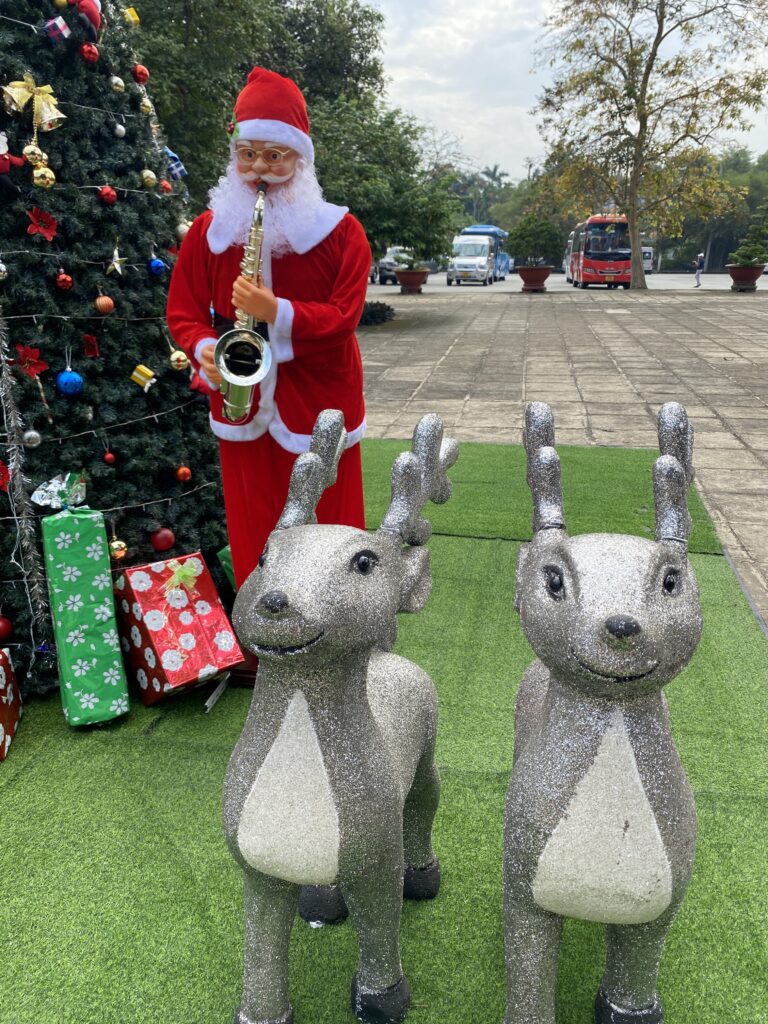
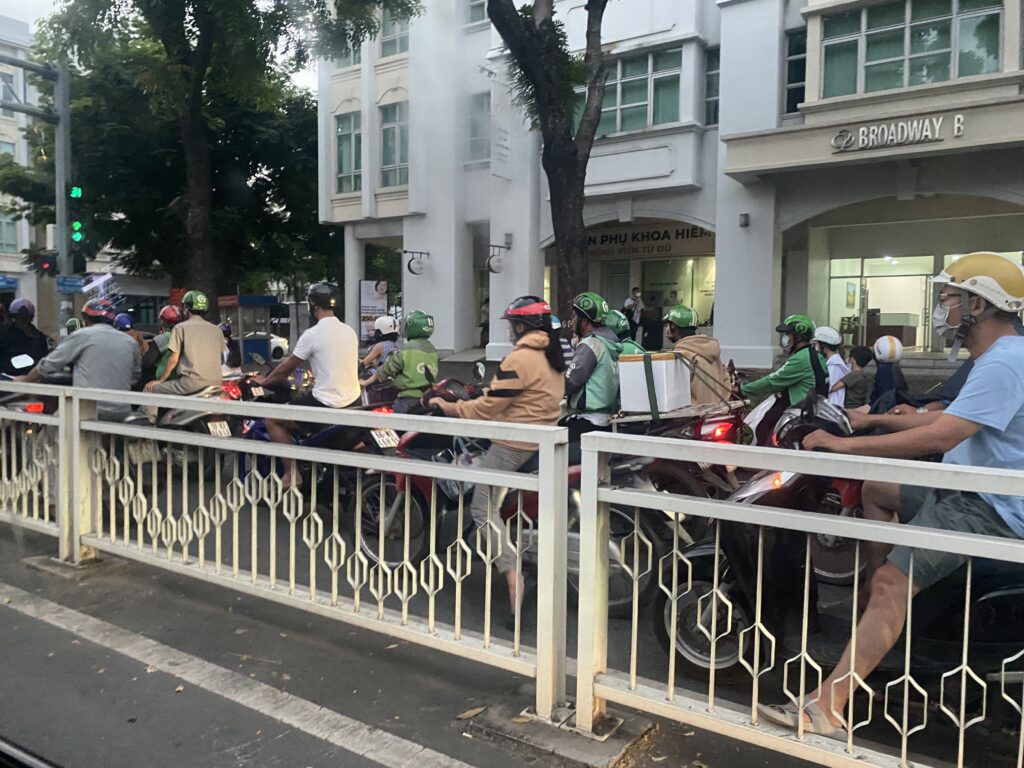
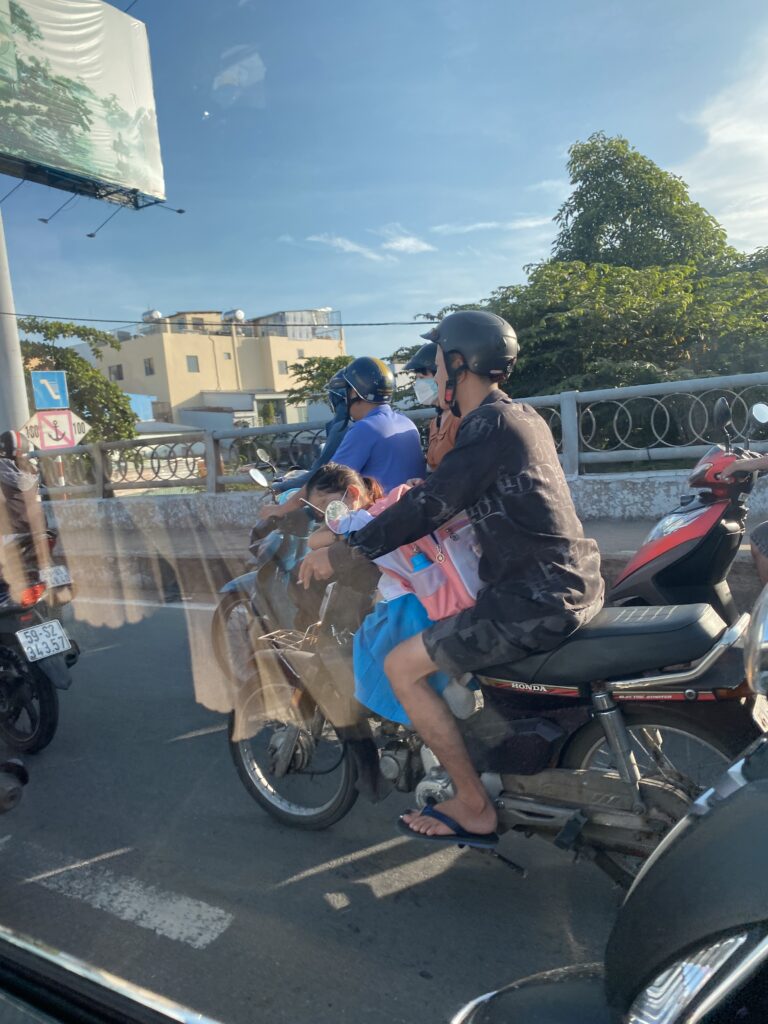
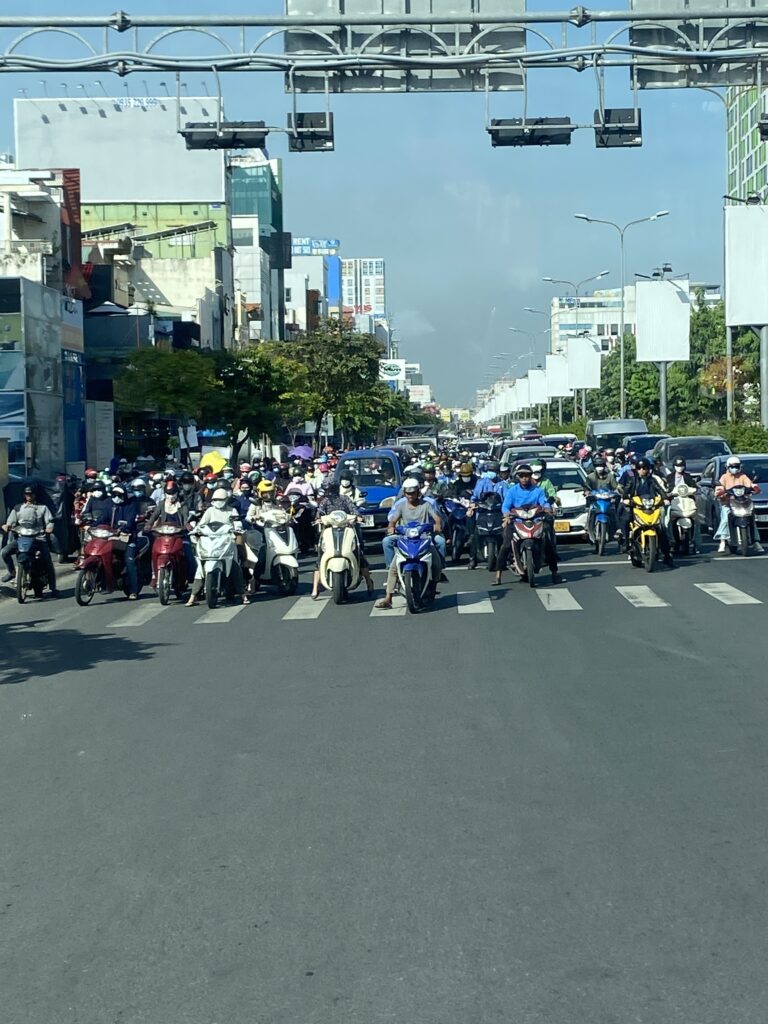
War Remnants Museum
I was initially pretty excited to see this museum, but it turned out to be a lot different than I expected. They say that history is written by the winners and until visiting this museum, I don’t think I had ever visited a place that commemorated a winner who was NOT the US. As I started reading, I was expecting a neutral depiction of what had happened but it quickly turned into a lot of finger pointing against the US, saying things like “The US supported the oppressive regime of Ngo Dinh Diem” and stuff like that. From there, I had to read through things a little differently, with an understanding of WHO it was who had written the history. Undoubtably, the involvement of the US in Vietnam has been debated and questioned for years and there are many things that the US did that were terrible (there was a large exhibit on the effects of Agent Orange) but it was just very interesting to see the history portrayed from a different perspective and made me look at it a little more objectively too.
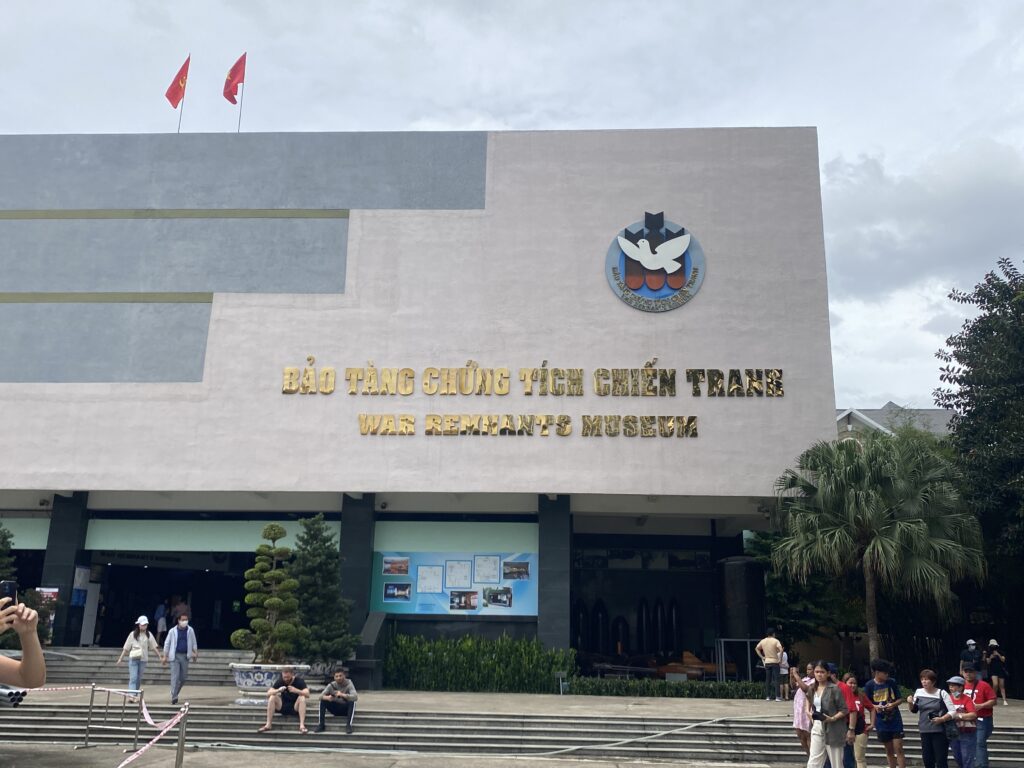
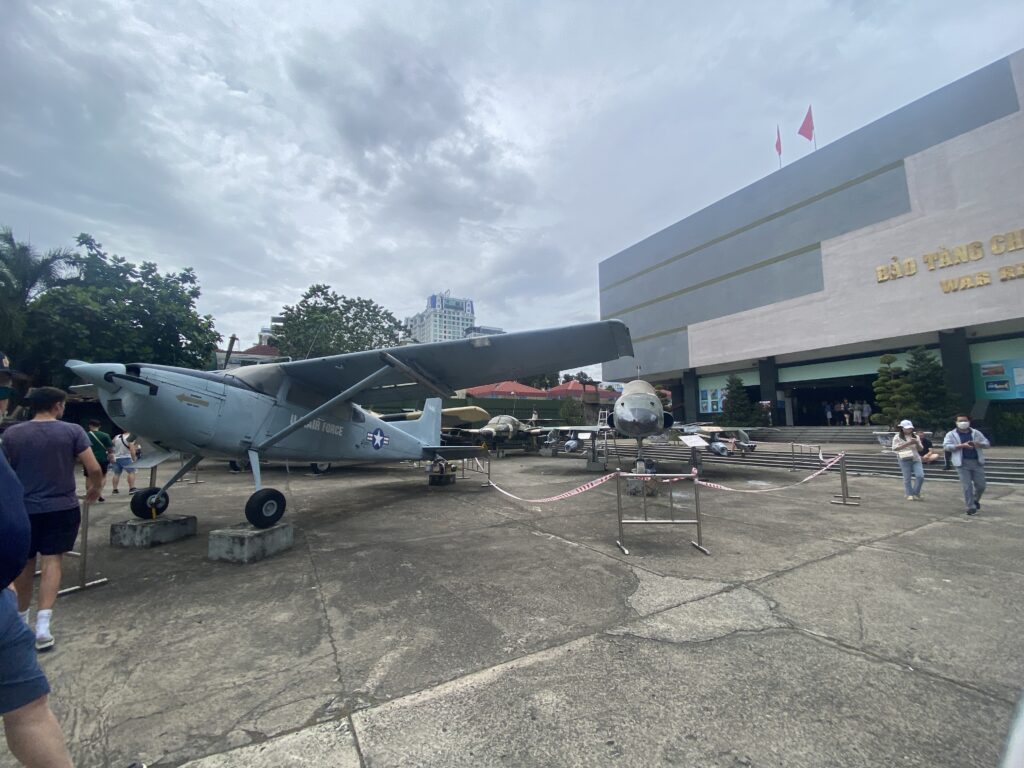
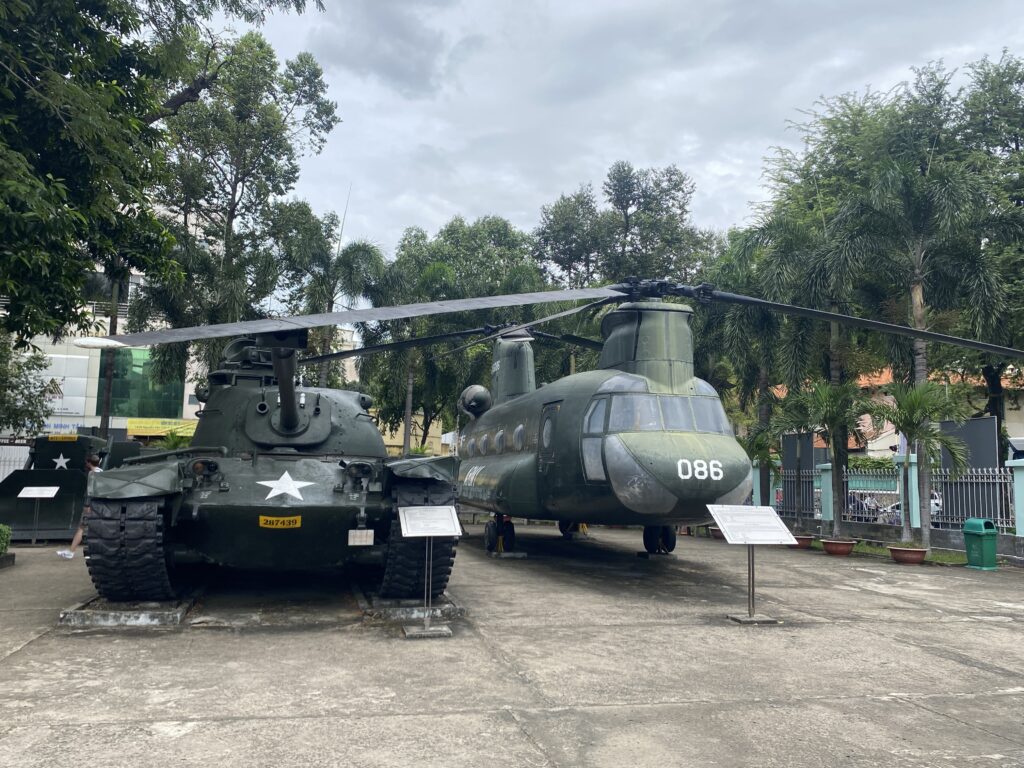
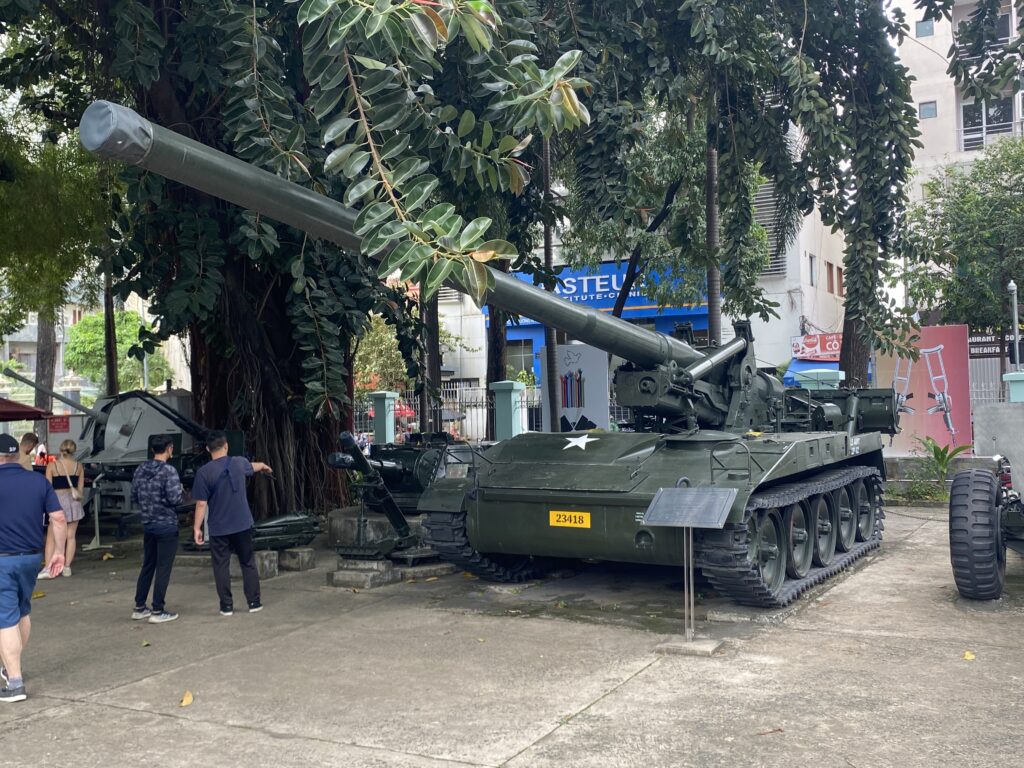
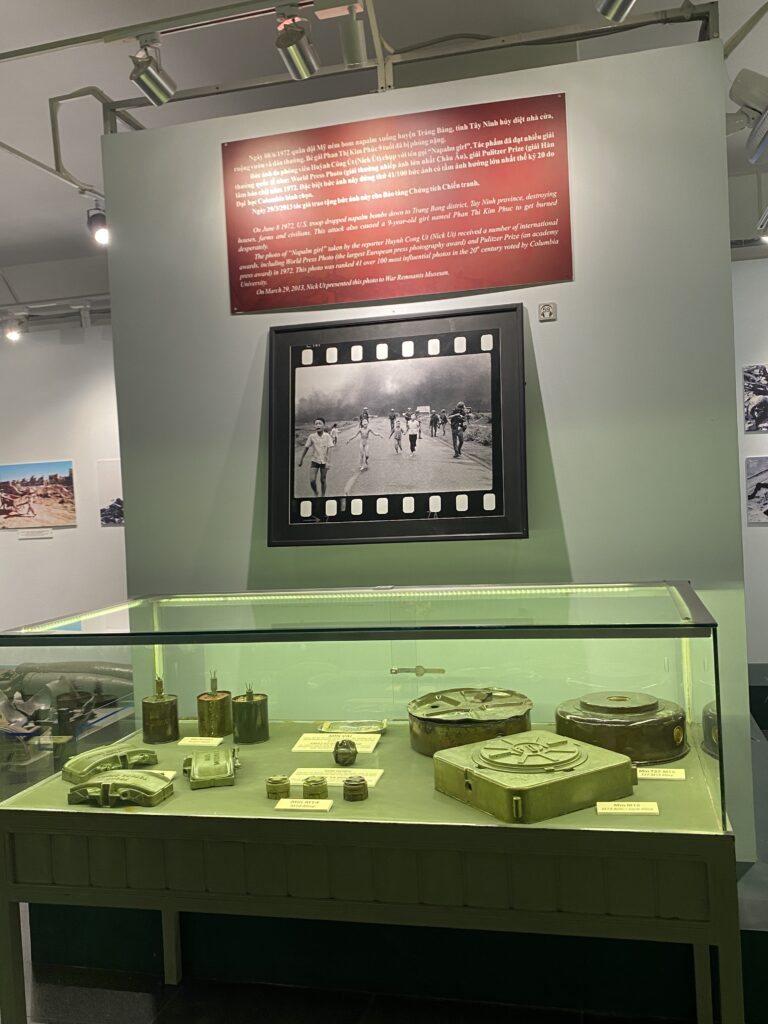
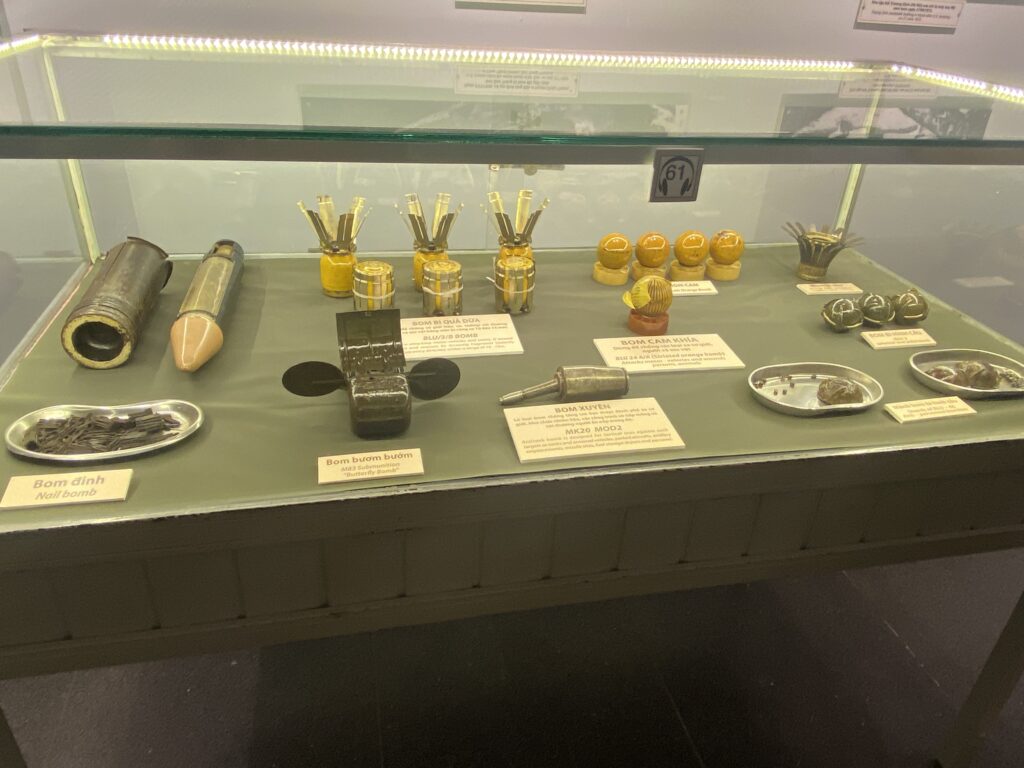
One of the exhibits in the museum showed us the prisons used by the American and South Vietnamese soldiers to detain the captured Vietcong. The conditions were pretty horrendous. I had no idea these were even a thing!
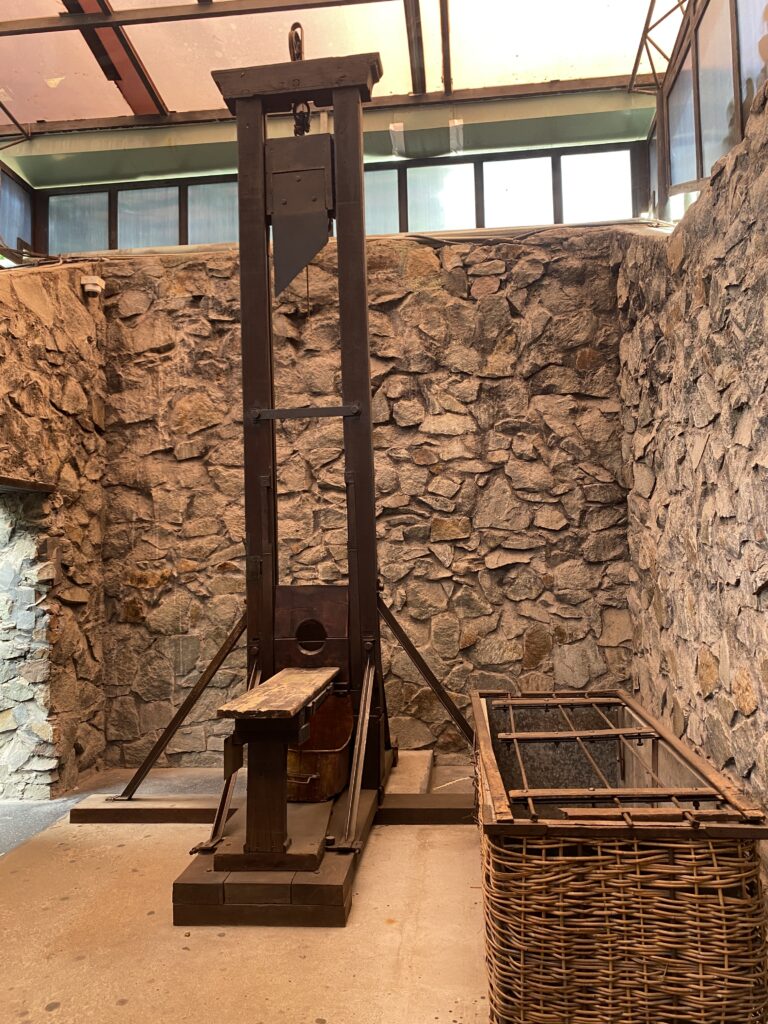
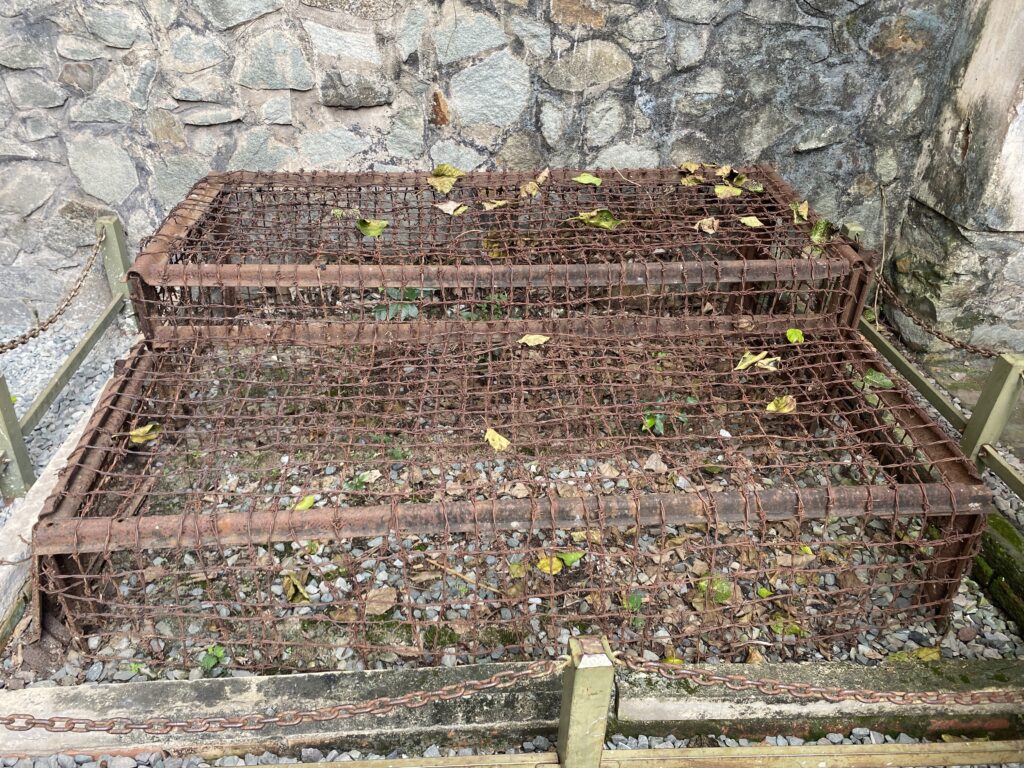
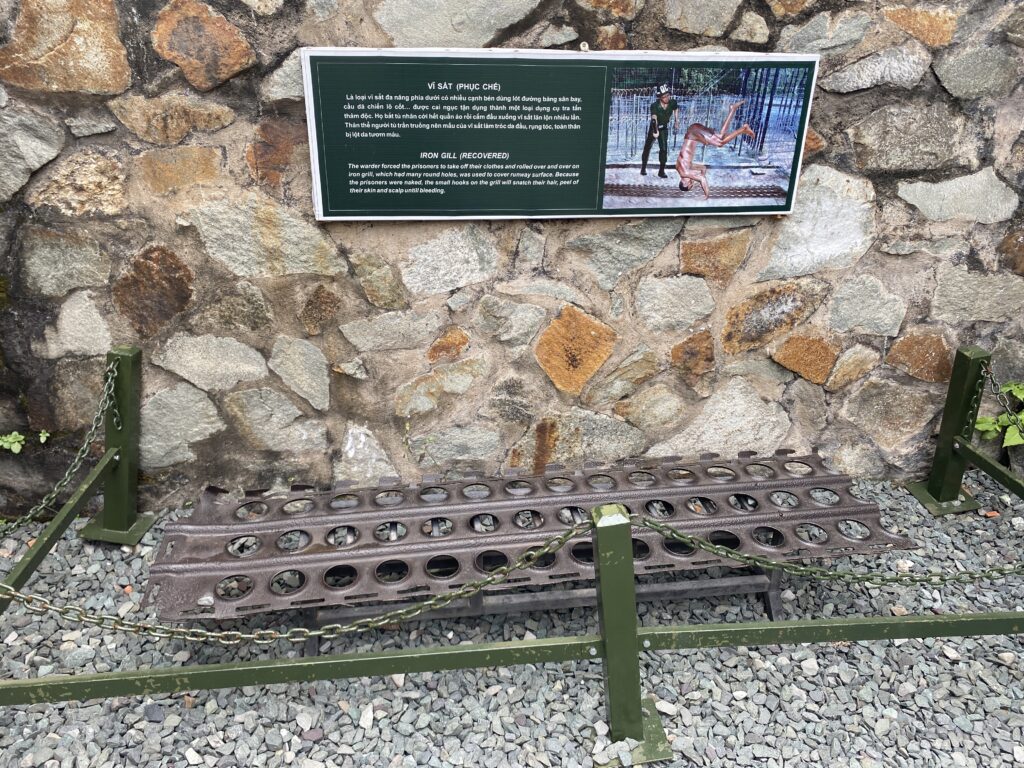
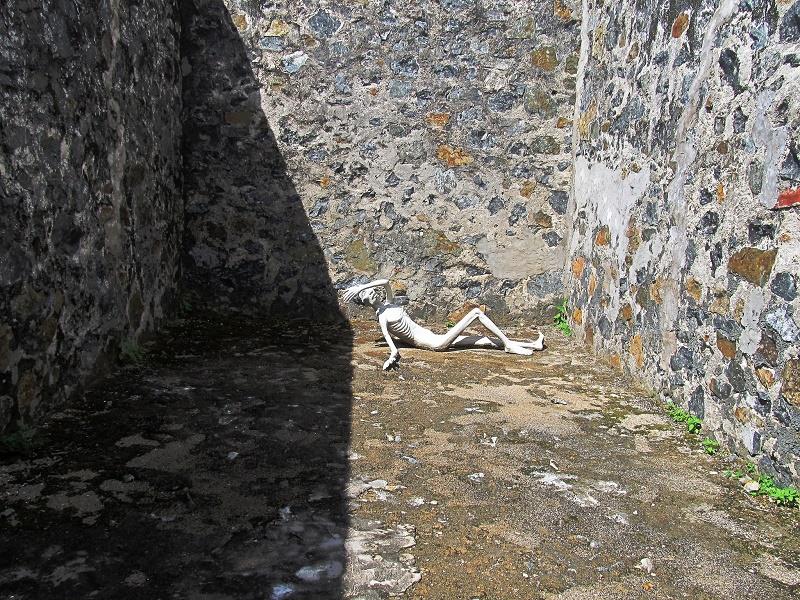

Cu Chi Tunnels
The second thing I really wanted to see in Saigon were the tunnels used by the Vietcong during the war. Of course, this is a place that has been turned into a tourist attraction as well, so much so that they have added the ability for you to pay to be able to shoot military grade weapons at the gun range. I am glad I went but am not sure how I feel about recommending it to others, particularly those who would struggle to hear the blast of gunshots in the background as you are being guided through the exhibits. The tour ends with a propaganda video that they make you watch which talks about how the Americans were ‘a crazy batch of devils’ and the Vietcong ‘always found a way to kill the Americans.’ Our guide told us he had to be careful with his words and the way in which he relayed the information about the tunnels because he never knew when someone from the government might be there to listen to what he is telling people. Anyway, despite that, I enjoyed seeing what the tunnels were like (even though I was terrified in the moment!) and am impressed with the lengths that these people went through to hide themselves during the war.
A short example of what it sounded like as we toured through here. And then they had us sit and wait for the people who did want to shoot, so we had to listen to it really close. It was so loud!
So, a little history….the Cu Chi Tunnels were used by the Vietcong (the North Vietnamese army) as military hideouts, planning quarters, supply routes, hospitals and living quarters during the Vietnam War. Cu Chi was a village where many farmers and their families lived and they, too, lived in these tunnels and helped the war effort. They were dug out by the shovel-full and then the dirt would be transported to a river, far away from the tunnel to prevent their locations from being found out.
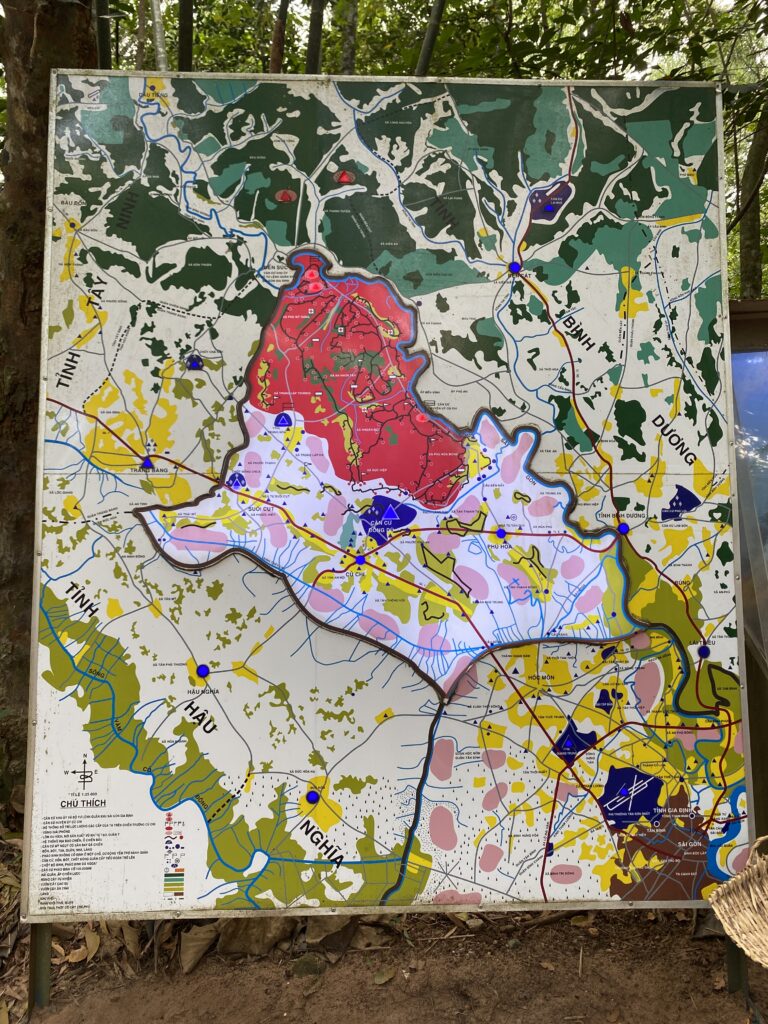

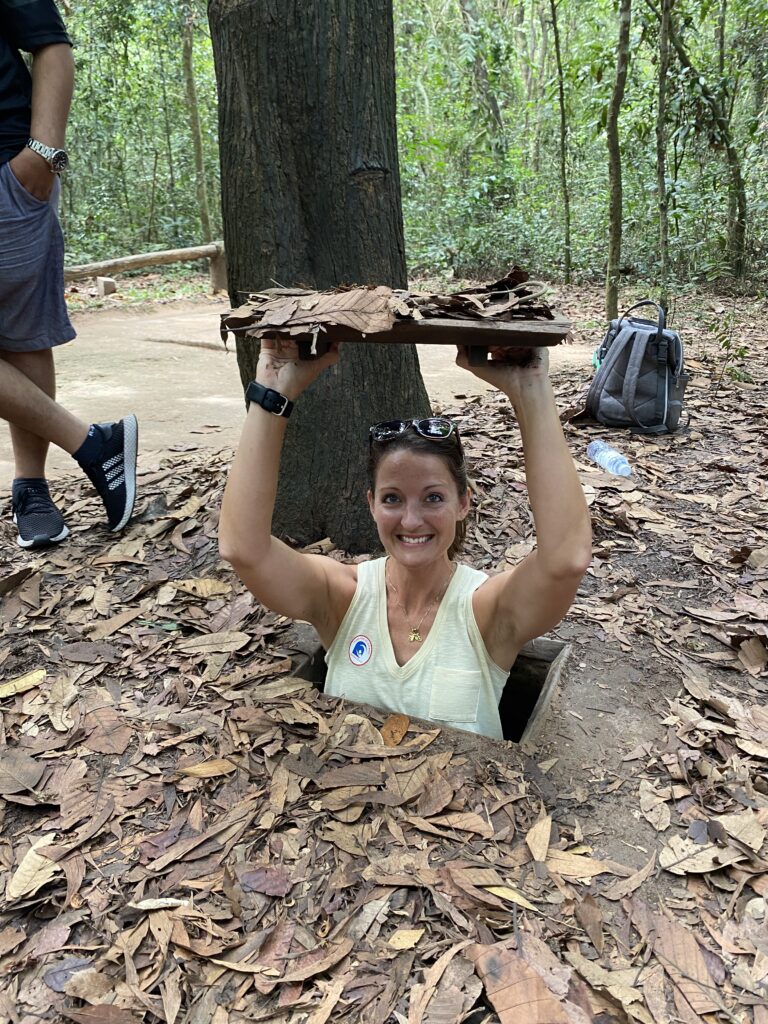
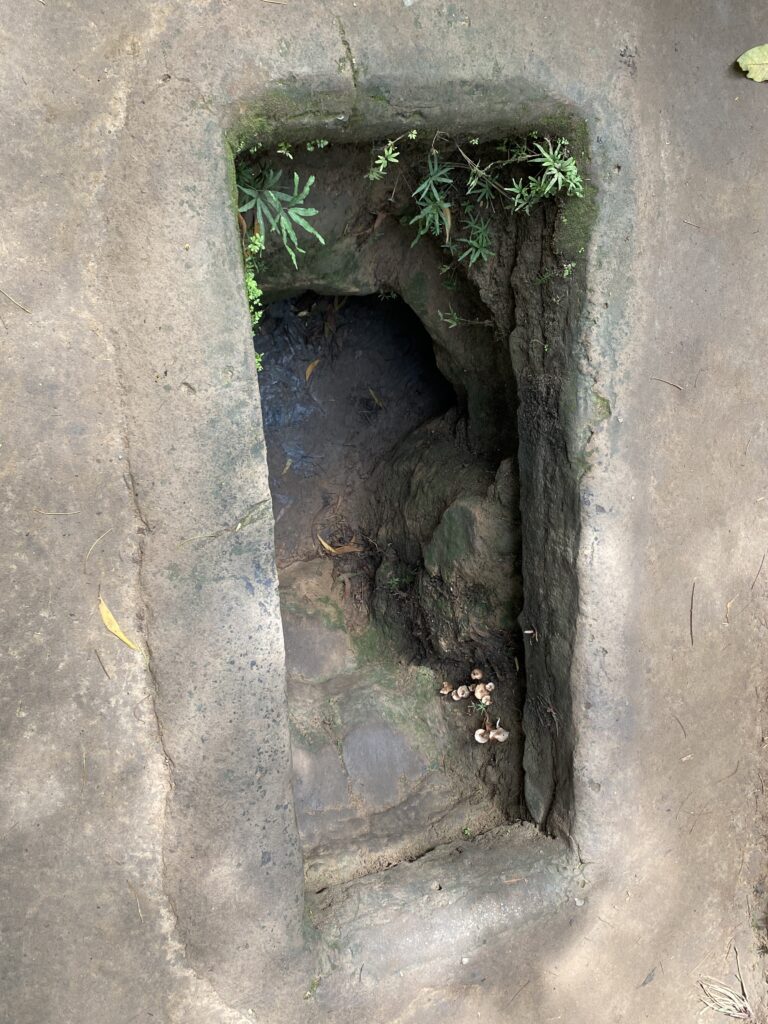
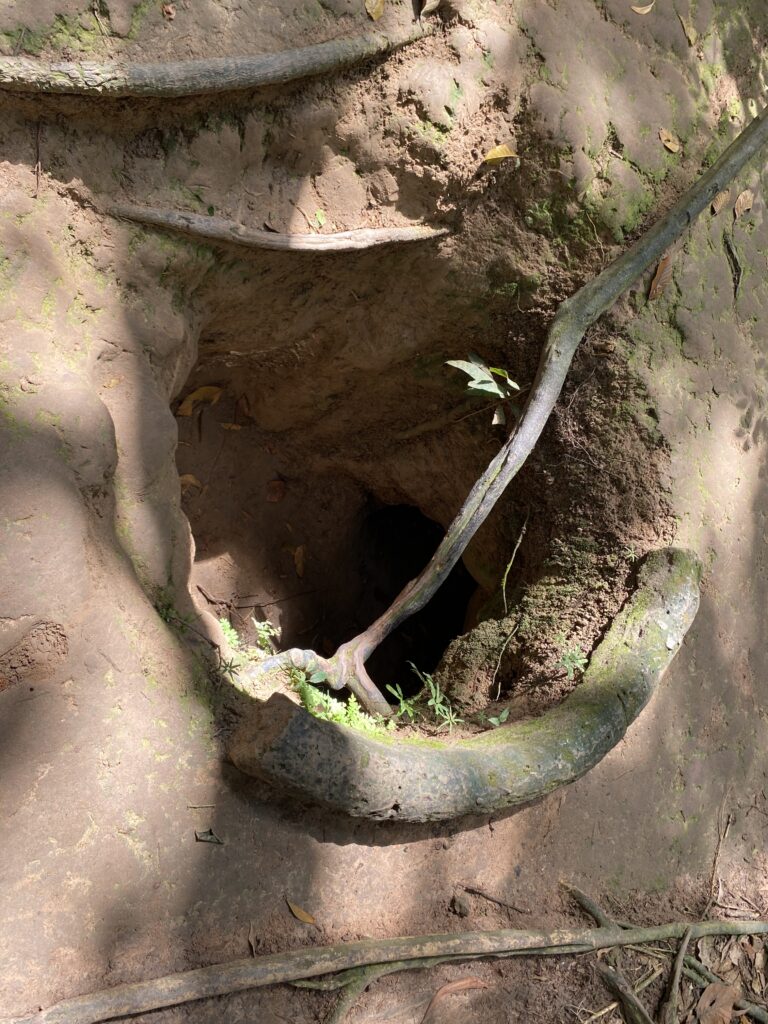
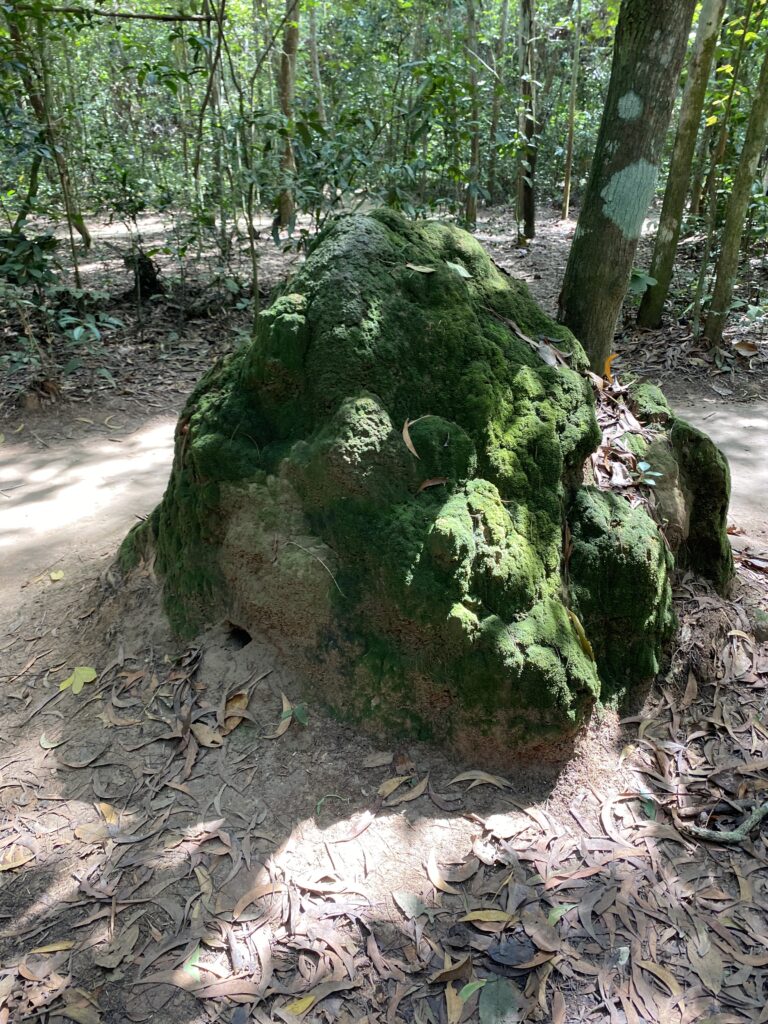
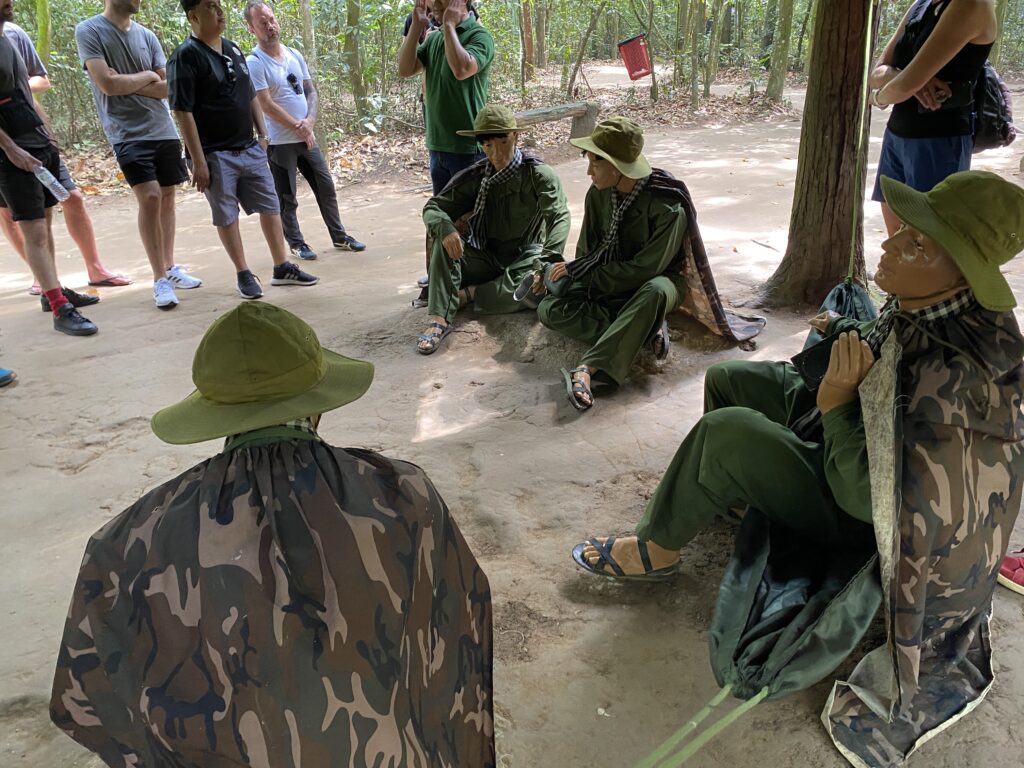
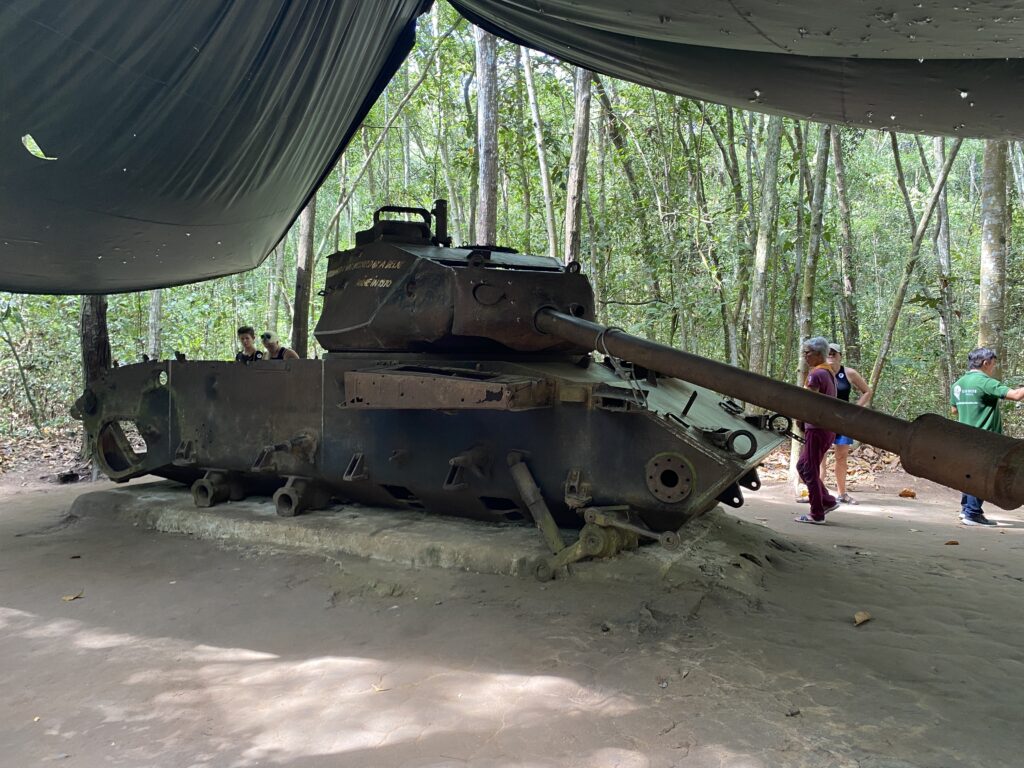
The Vietcong did not have the resources to keep up with the US, but they got creative with what they had. There were several examples of the hidden booby traps they came up with, a few of which I have included below. The two outside photos would be camouflaged on the ground and the unknowing soldier would step on them and be impaled by stakes. The Door Trap would be hung from the ceiling of a villager’s house and when the US or South Vietnamese soldiers entered the door, it would trigger its release and fall on their heads.

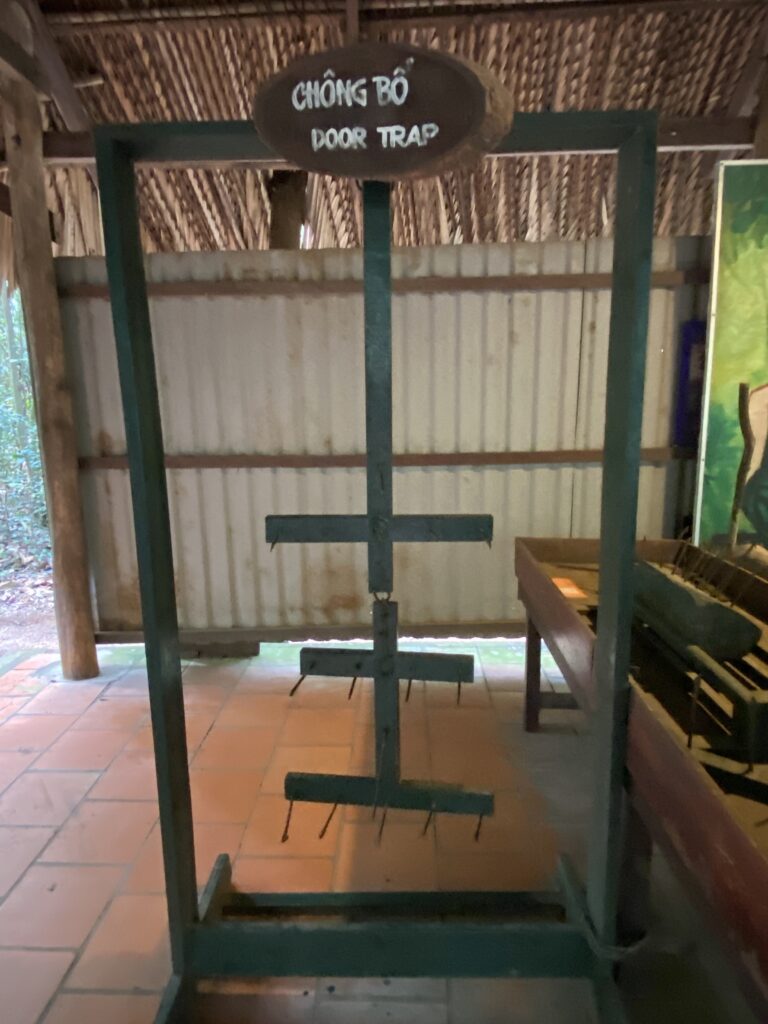

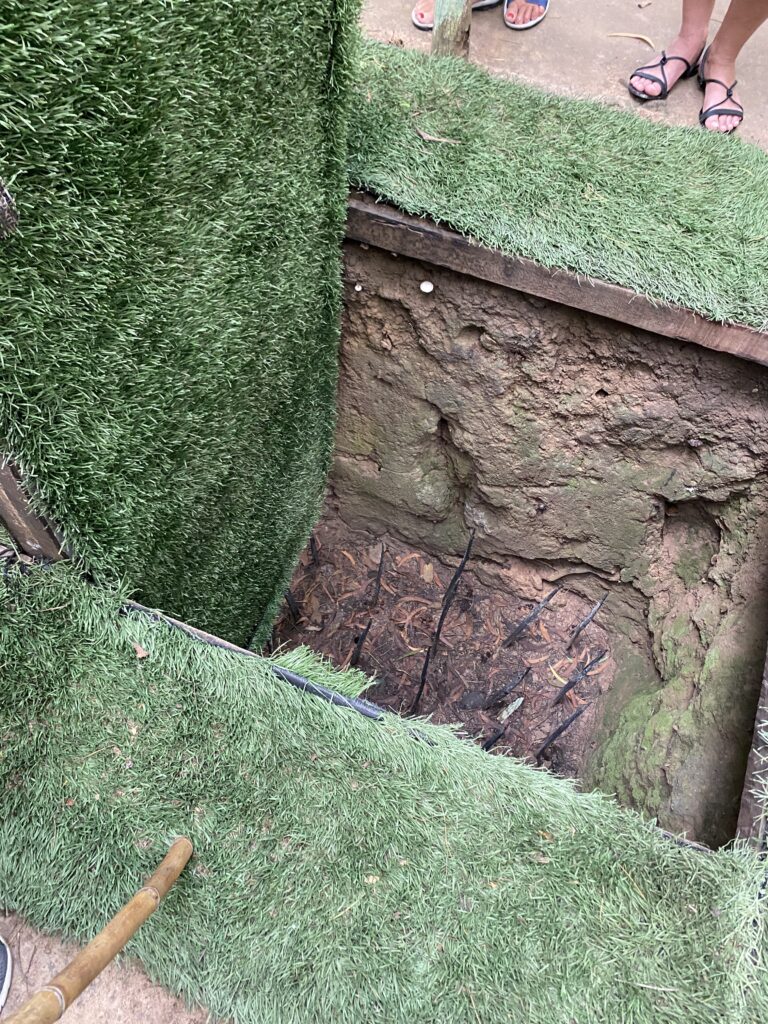
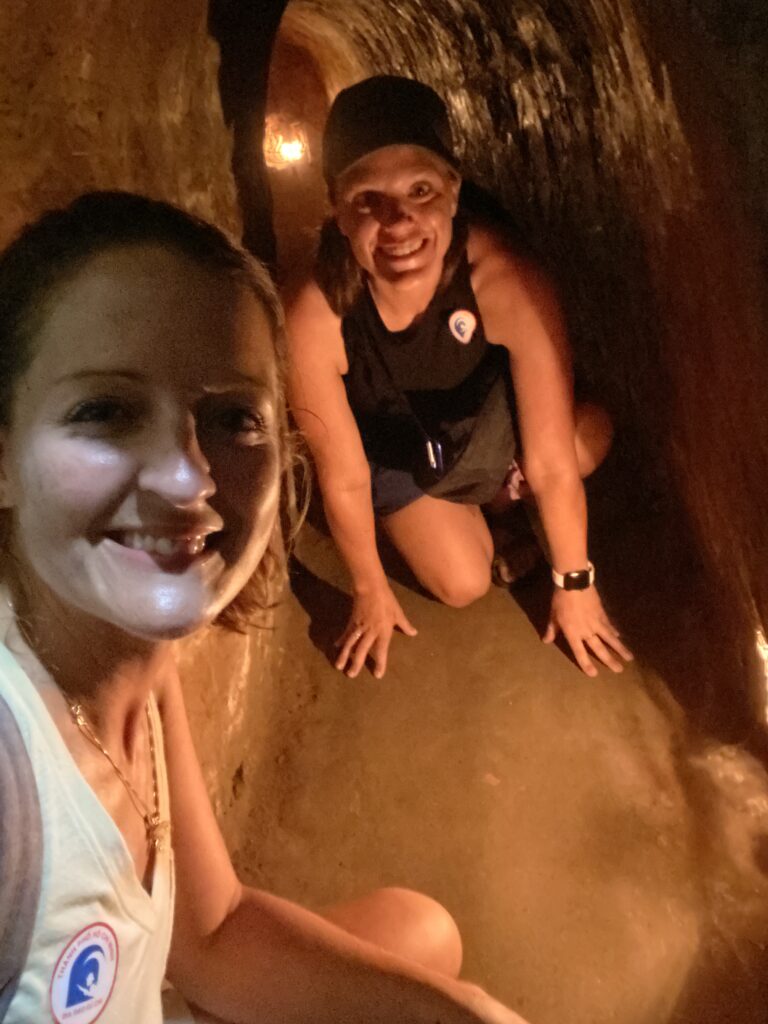
I panicked my way through 100 meters of tunnel and did not take a single picture inside, so I sent Kaitlyn back in to take a video. The tunnels today have been widen and light has been added for the tourists, so just imagine the Vietcong making their way through tunnels that were even smaller and dark!
On the way to the tunnels, we made a pitstop at a place where they told us we would see a bunch of people who were handicapped from Agent Orange. At first we were not super happy about this, thinking that the people were just going to be exploited and begging for money but it turned out that we were actually going to walk through a factory where the people were working on making beautiful art pieces. There were several stations where people were working on their portion of the art, which in short, involved using paint, seashells and egg shells to create these wonderful images and then there was a shop at the end where you could buy the art, 60% of the proceeds of which would go back to the victims of Agent Orange. It ended up being a much more amazing experience than we initially anticipated!
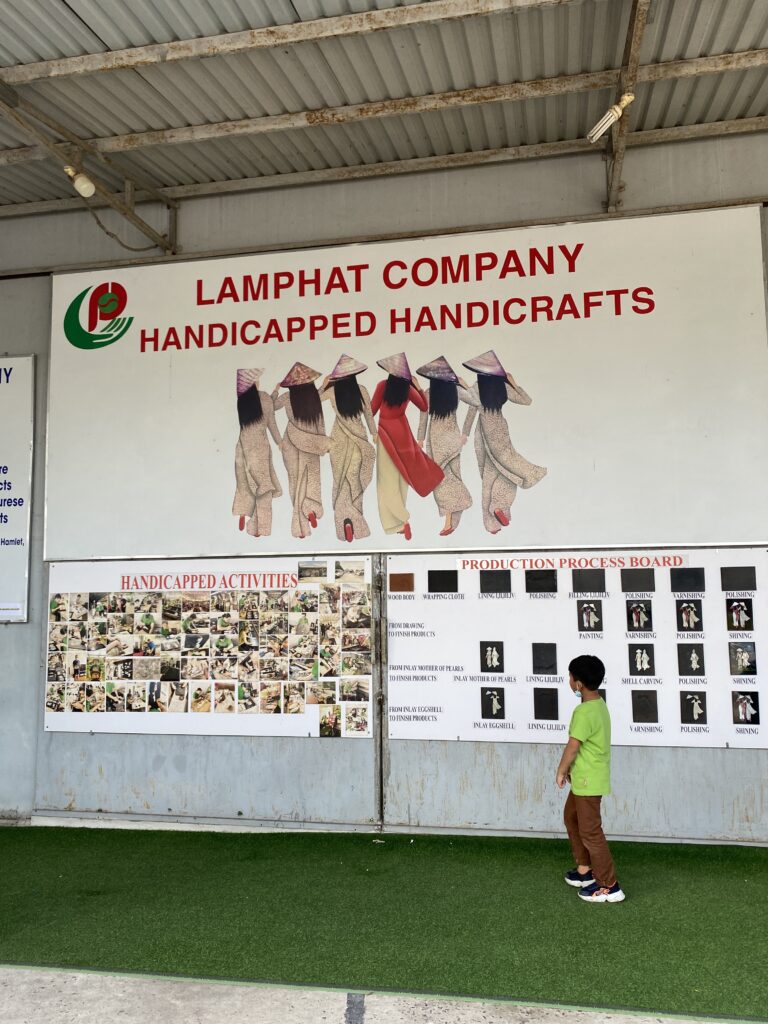
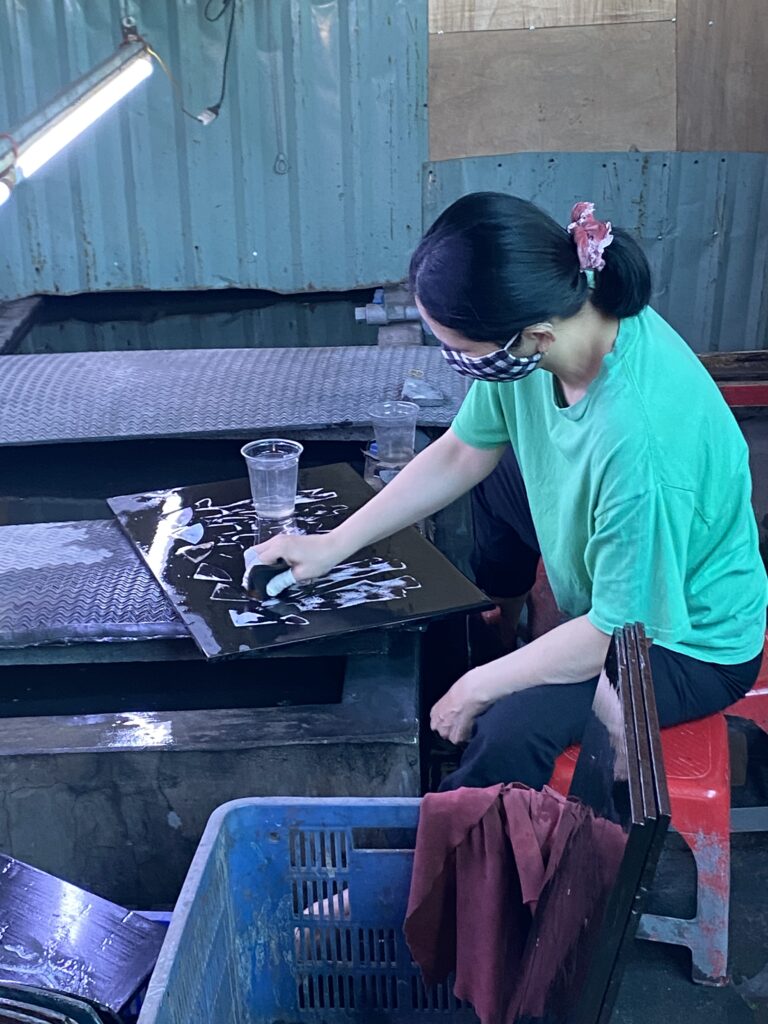
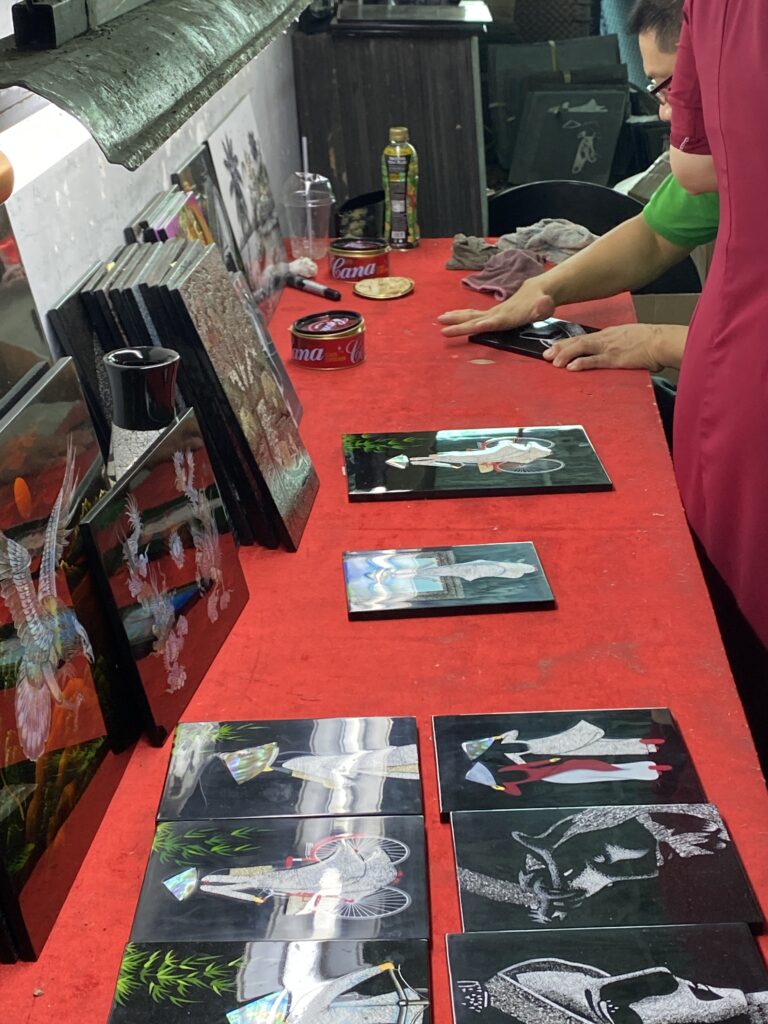
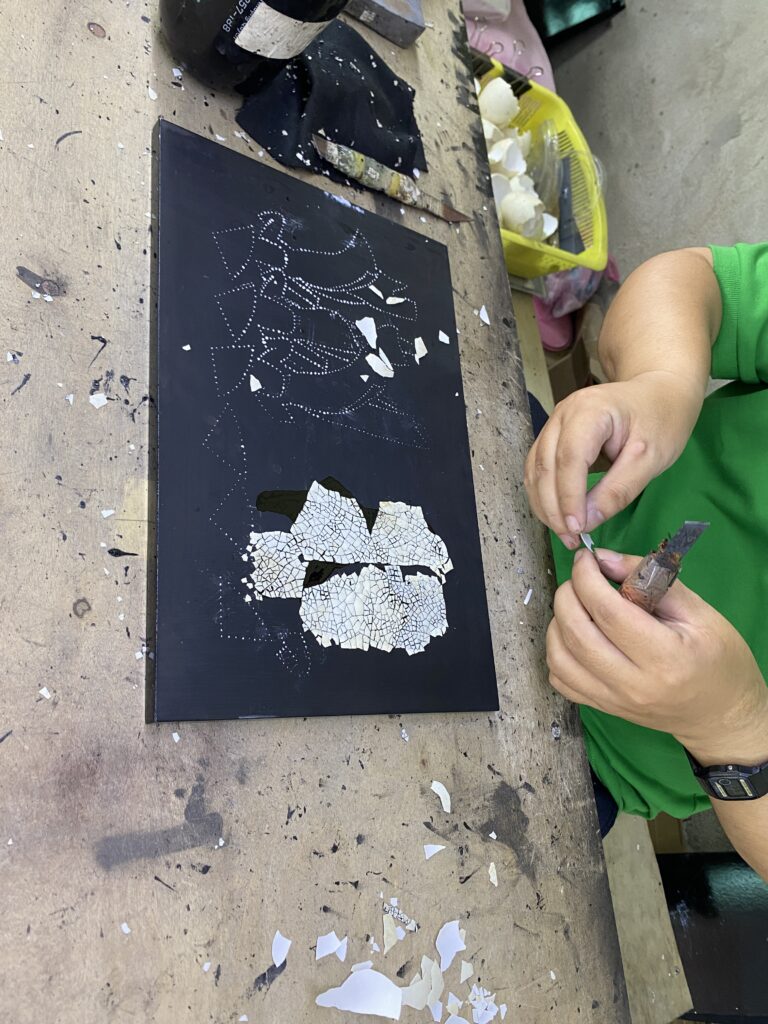
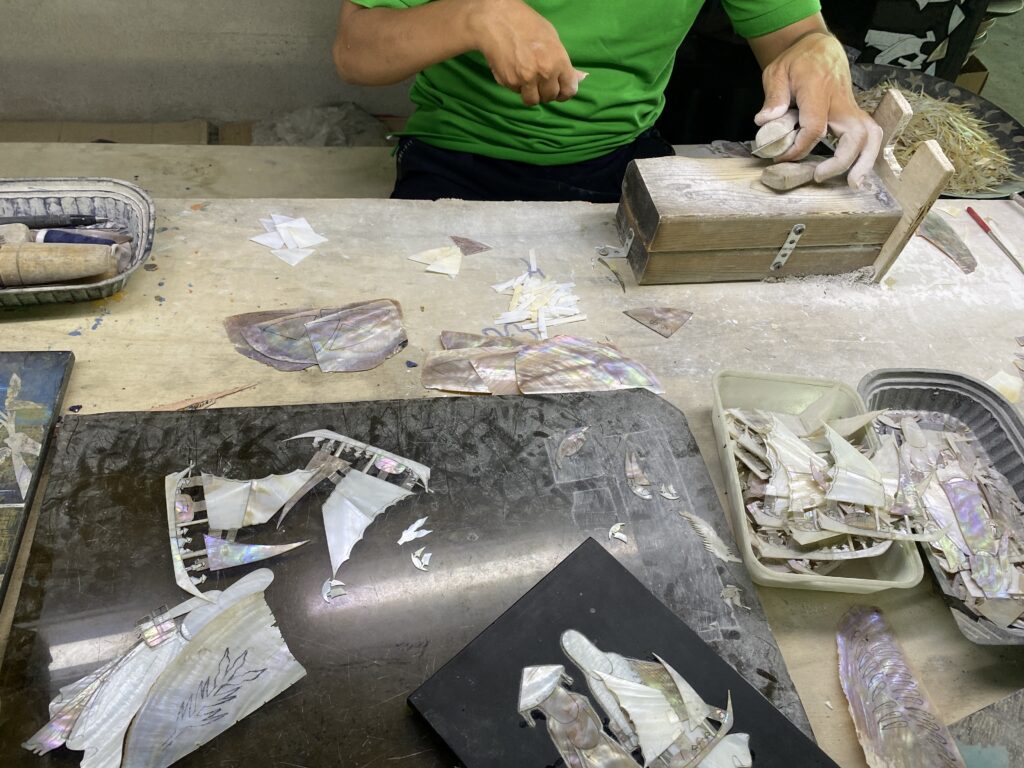

Overall, I am glad to have seen and learned from the two war related stops we made. I am even more glad to have been able to spend time with the Harris family and look forward to when our paths will cross again. From here, we are heading up north where the much cooler temperatures will be welcomed!




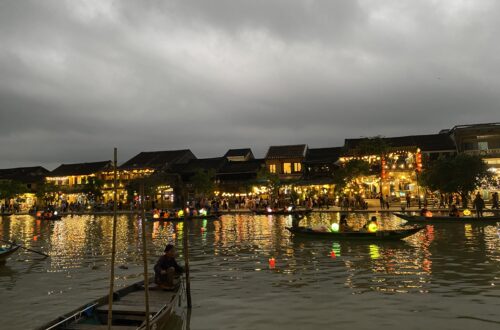
5 Comments
Julie G Strait
My reading other than grading for the morning, going through the tunnels was one thing I did not do when I was there.
Julie Thompson
I will never forget my trip to Cu Chi. And hearing about the war as the American War, not the War in Vietnam was shocking, as you said. It’s all about perspective. I’m glad you saw the post office. It’s a gorgeous building. And the traffic!!!! Sounds like it isn’t any better than 22 years ago. Crossing the street was a scary thing to do. Have you ridden on a motorbike there yet? It’s exhilerating.
adoherty
Haven’t ridden a motorbike yet and I am not sure that I will! But maybe!
Mary
I forgot about the “perspective” at the museum. The friend that was with me was so mad. Their perspective is certainly a valid one. And Cu Chi! So interesting. No one in my group went in the tunnels with me. It was scary and my claustrophobia was right there with me lol
So impressive how they built the 3 levels of tunnels and lived and worked there. And the traps! No one was shooting when I was there. Glad about that. That just seems ridiculous. But, everyone’s gotta make a buck I guess.
My mom and I cried at the handicapped handicrafts factory. It was so emotional and they were so kind and joyful. I bought a plate and small wall hanging. They are gorgeous.
Five years ago my tour guide said there were 7.5 million motorbikes in Ho Chi Min city, fewer in Hanoi. You should ride on one! Do you have the taxi app? Can’t remember what it’s called, but you can request a car or bike with it.
Mary
Check out “Hanoi Hilton” (nickname). That’s where John McCain was held prisoner – in Hanoi ?. Unless your “done” with war stuff.